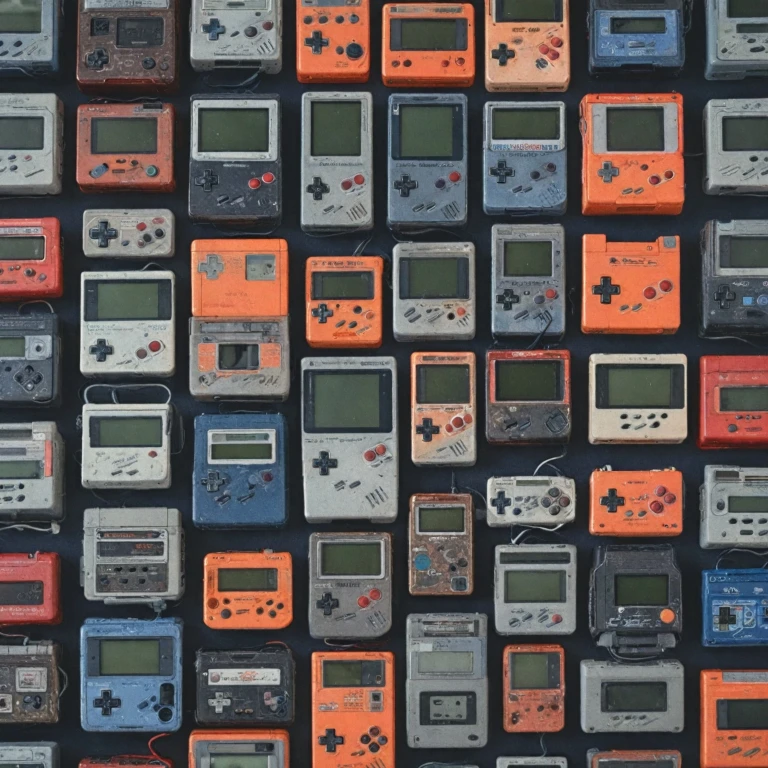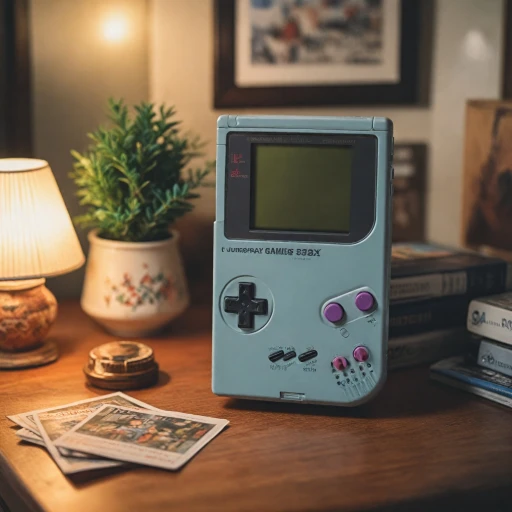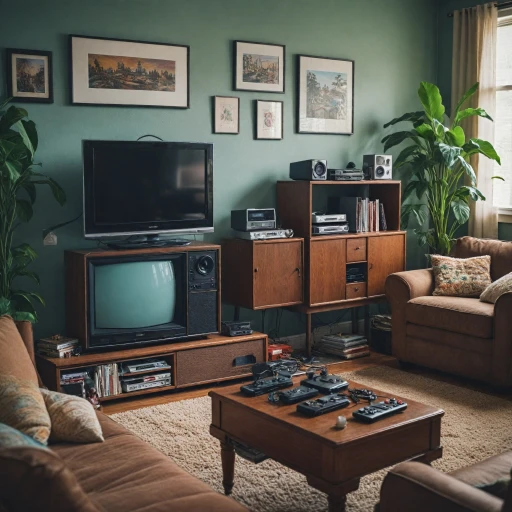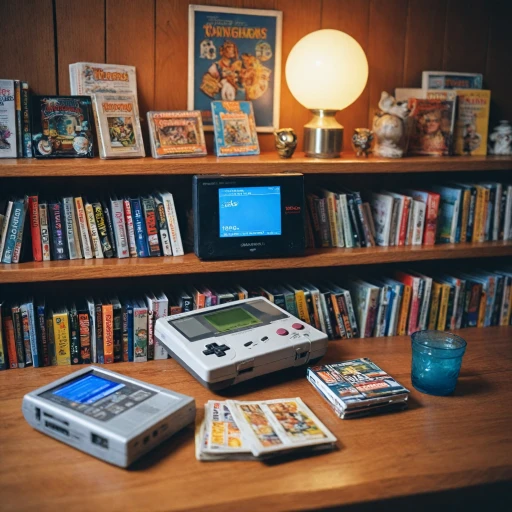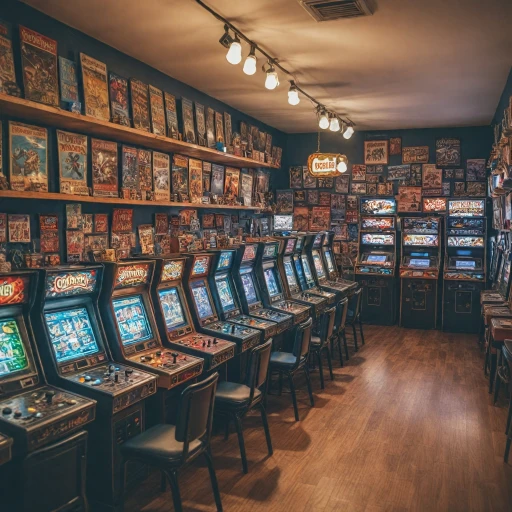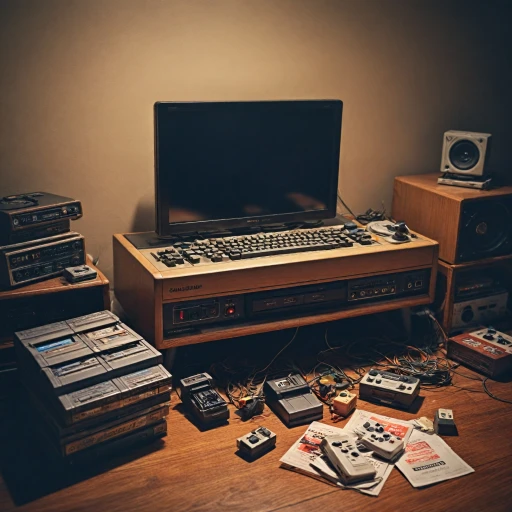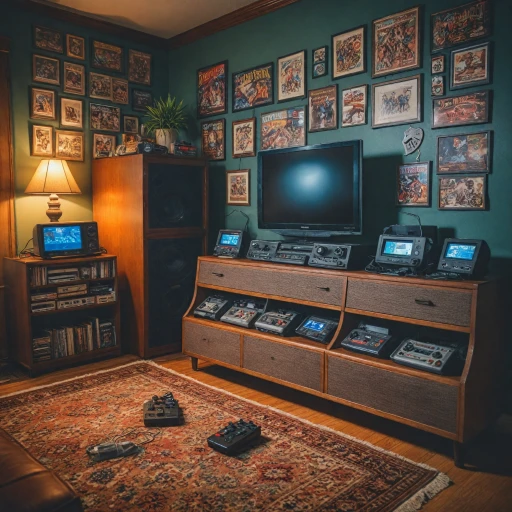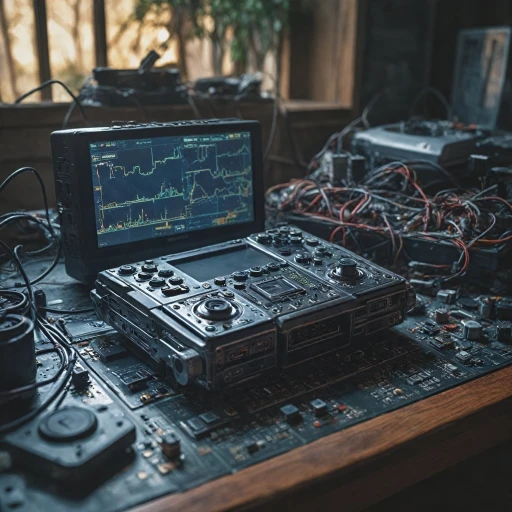
The Allure of Retro Handheld Consoles
The Nostalgia Factor
Retro handheld game consoles hold a special place in the hearts of many gamers. These devices, like the Game Boy and others, evoke a sense of nostalgia that transports players back to simpler times. The tactile buttons, the distinct sound of cartridges clicking into place, and the pixelated graphics all contribute to a unique gaming experience that modern devices often can't replicate.
Design and Simplicity
One of the key attractions of retro handheld consoles is their straightforward design. Unlike today's complex gaming systems, these devices focus on delivering pure gaming joy without the distractions of modern technology. The simplicity of these consoles, such as the Miyoo Mini or the Retroid Pocket, allows players to immerse themselves fully in the game without worrying about updates or internet connectivity.
Affordability and Accessibility
Another aspect that adds to the allure of retro handhelds is their affordability. While the latest gaming handhelds can be quite expensive, retro consoles often come at a more accessible price point. Whether it's a regular price or a sale price, these devices offer a cost-effective way to enjoy gaming. This affordability makes them an attractive option for both collectors and casual gamers alike.
Enduring Appeal
The charm of retro handheld game consoles is not just about nostalgia or simplicity; it's also about their enduring appeal. Many gamers find themselves drawn to these devices because they offer a break from the high-tech world of modern gaming. The retro gaming community continues to thrive, with enthusiasts sharing tips on collecting and preserving these beloved devices. For those interested in exploring more about the charm of retro handhelds, the Game Boy Micro offers an intriguing glimpse into this fascinating world.
Iconic Retro Handheld Consoles
Timeless Icons that Shaped the Handheld Gaming World
The world of retro handheld consoles boasts a selection of true classics that have left a lasting mark on gaming history. These devices not only revolutionized portable gaming but continue to inspire modern iterations and gaming enthusiasts alike. Among these iconic consoles, the Game Boy holds a special place, having introduced countless players to the joys of handheld gaming with its simplistic design and unforgettable titles. It set the standard for what a gaming handheld could be. Alongside it, other units like the Sega Game Gear and Atari Lynx brought colorful screens to the mix, at times outshining the Game Boy’s monochromatic display, albeit with varying success rates due to higher unit prices and bulkier designs. As technology advanced, smaller and more efficient systems emerged, with the likes of Neo Geo Pocket and Wonderswan capturing the market's attention. Each offered unique libraries and experiences, standing out due to their specific game selections and hardware capabilities. These devices laid the groundwork for what now seems like a never-ending fascination with retro handheld games and systems. Modern enthusiasts have not only capitalized on nostalgia but also crafted a thriving culture around collecting and preserving these retro treasures. As prices for such consoles fluctuate, due to factors like rarity and condition, collectors pursue these devices both for their sentimental value and as investments. In this contemporary context, handhelds like the Anbernic, Miyoo Mini, and Retroid Pocket integrate retro charm with modern tech, boasting Linux systems and enhanced connectivity for today's gamers. For further exploration of the captivating history and evolution of mini games, check out this comprehensive article on exploring the mini cornhole game craze.Technical Features and Limitations
Technical Specifications and Constraints of Retro Handheld Systems
Diving into retro handheld gaming, enthusiasts often marvel at the charm these vintage devices hold, but it's important to recognize the specific technical features and limitations that characterize these consoles. This understanding aids in appreciating the allure and informs collectors about realistic expectations, especially when considering the best local spots for retro gaming enthusiasts to experience these devices first-hand. Retro handheld consoles, such as the Game Boy and Atari Lynx, typically sported modest specifications by today's standards. Their screens, often monochrome or limited in color depth, might seem primitive when compared to modern displays. For instance, the beloved Game Boy featured a 2.6-inch screen, far from the vibrant inch IPS screens found in today's devices like the Anbernic, Retroid Pocket, or the Miyoo Mini. Beyond screen limitations, the computational power of these retro consoles was constrained by period technology. The processing units in older handheld systems lacked the capability to support today's complex gaming graphics and features. This is evident when comparing their specs to current giants like the Steam Deck, which leverages advanced computing power suitable for modern gaming demands. In terms of operating systems, many retro devices used custom, simplified software, unlike the diverse environments found in today's gaming handhelds that run on Linux systems, Android, or even proprietary platforms. Despite these limitations, the function-over-form simplicity remains a key part of the retro gaming ethos. Price is another crucial aspect; older systems often fluctuate in price due to rarity and condition. Buyers today might encounter regular prices, unit prices affected by the device's scarcity, or even surprise sale prices. For some collectors, hardware in mint condition may command a premium compared to a price Anbernic or a price regular for modern units. Overall, while retro handhelds may not compete technically with current gaming consoles, they represent a nostalgic journey and a testament to the technological evolution, bridging the gap between past and present in the gaming world.Collecting and Preserving Retro Handheld Consoles
Preserving Gaming's Nostalgia
Whether you're a casual gamer or a seasoned collector, preserving retro handheld game consoles becomes a fascinating endeavor. The allure of these devices, reminiscent of iconic systems like the Game Boy, transcends nostalgia and enters the realm of cultural significance. To properly maintain these gaming handhelds, several aspects need careful attention:- Physical Condition: Keeping the console in pristine shape is a priority. This includes regularly checking the screen, buttons, and casing for wear and ensuring that the device is stored in a safe environment. Investing in protective cases can help shield against physical damage, making them a must for any collector.
- Battery Management: The technical limitations of older systems often mean they rely on batteries susceptible to leakage and deterioration. Regularly inspecting and, if necessary, replacing these batteries can prevent possible damage.
- Game Preservation: Akin to the handheld systems themselves, the games—whether in the form of cartridges or discs—require preservation. Storing games in a cool, dry place prolongs their life.
Modern Takes on Retro Handheld Gaming
Embracing Nostalgia in a Modern Package
With the rising interest in retro handheld consoles, some modern manufacturers have tapped into the nostalgia factor by blending the old with the new. These devices aim to evoke the charm of vintage gaming while integrating contemporary features for today's tech-savvy players. Several brands have made a name for themselves in this hybrid space. The Retroid Pocket and Anbernic are popular mentions, offering devices that mirror the look and feel of older game consoles but packed with more advanced capabilities. These consoles often come equipped with Android or Linux systems, giving gamers a wider range of options for both old and new games.Key Features of Hybrid Consoles
- Enhanced Compatibility: Many of these modern-retro handhelds support a variety of old game formats, from classic cartridge games like Game Boy to digital downloads. This compatibility expands the library of games any one device can handle, including iconic titles that resonate with the heart of retro gaming enthusiasts.
- Modern Display Technology: Unlike their predecessors, these units boast improved screen technology. Incorporating inch IPS displays, they deliver crisper and vibrant visuals, making each gaming session a delightful experience.
- Robust Hardware: Increases in storage, processing power, and connectivity options ensure that these devices are not only nostalgic but functional in current gaming environments. Many devices support Bluetooth and Wi-Fi, enabling convenient game downloads or updates.
- Affordable Options: Prices vary, but options like the Miyoo Mini and Steam Deck cater to different budgets, ensuring that retro gaming is accessible to a wide audience. While the price for a premium Anbernic model might be on the higher end, there are always devices within a reasonable unit price that still deliver exceptional gaming experiences.
